Types of Turmeric and their uses in cooking
Home » Indian Cooking Blog » Spices » Types of Turmeric and their uses in cooking
- August 27, 2020
- 14 Comments
Scientific research suggests the incredible benefits of cooking with turmeric. Why is there so much hype around it and what is Turmeric used for and how to use the different types of Turmeric ?
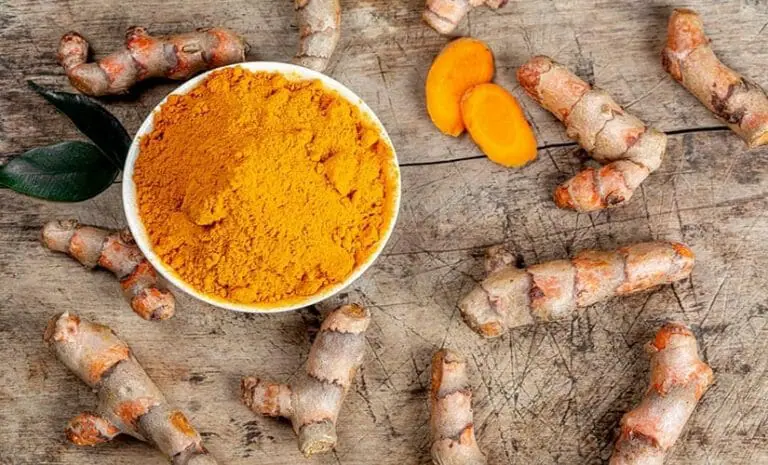
Scientific research suggests the incredible benefits of cooking with turmeric. Why is there so much hype around it and what is Turmeric used for and how to use the different types of Turmeric ?
Yellow yellow everywhere…. in your lattes, smoothies, muffins, pies, chocolates.
Who knew this humble Indian spice, will become a food fad!
There is more to why Indians add this colourful yellow spice called turmeric or haldi in Hindi to their food other than just giving it the characteristic yellow colour that is identified with Indian cuisine.
Turmeric or curcumin belonging to the ginger family has been used in Indian Ayurveda and Chinese traditional medicines for centuries to heal wounds, skin disorders, infections and other ailments.
There are recent scientific research conducted on both human and animals have brought to the forefront the benefits of this orange coloured root (not related to carrots at all).
What does turmeric do to have being ranked as one of the world’s top 10 super food!?
Lets find the uses of turmeric in food, the different types and and how do include it in our everyday lives.
What is Turmeric Used For ?
Turmeric or curcumin as we know is popularly used as a cooking ingredient.
It is an indispensable spice in any Indian kitchen, widely accepted and used even though it can annoying turn anything from our fingers to counter tops into many shades of yellow!
The colour aptly gives the name ‘Golden spice’ !! Sounds so rich and royal doesn’t it?
Well, in terms of it’s application and use turmeric sure does hold a top notch place in culinary and herbal medicinal world !
So what is all this mayhem surrounding a spice about and what is the spice turmeric used for, below are come of the uses?
1. To add colour and flavour to food
Being a spice, turmeric is used to enhance colour of a dish.
Adding turmeric to food does little to no change to the taste of food. It is more of a colouring spice than a flavour enhancer.
So there, I busted one myth what most blogs posts claim that it adds flavour.
It actually does not!
It does however have a very characteristic taste, when if not cooked adds a slight pungent taste to the dish.
This is especially in case of using fresh or dry root turmeric.
2. Added with other food items for health benefits.
You must have already heard the benefits of turmeric milk, turmeric tea etc.
The presence of active enzymes called curcumin makes it one of the world’s healthiest spice to use in cooking.
A study suggests that about 500 milligrams of curcuminoids is effective to maintain good health and inflammation.
Which means that a teaspoon of fresh or ground turmeric contains about 200 milligrams of curcumin.
So add turmeric in any form ( read section below for ideas) to your regular food and get a shot of good health in a teaspoon.
3. To alleviate and cure ailments.
Some evidence based studies, highlights the benefits of turmeric as a powerful natural medicine.
These days you can find turmeric capsules, turmeric oil and turmeric pastes all used as an alternative herbal medicine.
Few of the known health benefits are:
- boost immune system
- prevent cancer
- relieve from arthritic pain
- detoxify body
- heal wounds
- prevent coughs and cold
You can read a list of uses and benefits of turmeric in the post here.
For beauty treatments
Using turmeric paste is an Indian wedding tradition.
The bride and bridegroom are smeared with fresh turmeric paste on the morning of the wedding as a religious, health and beauty significance.
The anti-inflammatory, antimicrobial, and antioxidant properties when made into face masks, lotions, oil that can help to:
- bring out your natural glow
- lighten dark circles
- prevent small skin breakouts
- fight eczema and psoriasis
- reduce acne scarring
- reduce or slow the growth of facial and body hair.
What Are The Different Types of Turmeric
Now that you know the uses, lets find out what types are available for you to use.
There are 3 types of turmeric you can buy in the market:
- Powered or ground turmeric
- Dry root turmeric
- Fresh turmeric
By and large they all are the same but the different turmeric varieties can have different uses in cooking and other applications.
Uses of Ground Turmeric
The most common and widely used type of turmeric is ground turmeric. It is convenient and easy to use.
Scoop a spoonful or two of turmeric powder and add to curries, sauces, soups, smoothies, dips, rice dishes and stir fries.
You can also add turmeric to scrambled eggs, marinades for meat, fish and tofu.
Uses of Dry Turmeric Root
Dry turmeric is more complicated to use.
There is limited use of a whole dry turmeric root in cooking.
It is mostly used for medicinal purpose.
This form of turmeric is hard and rough.
You will need to be grind it into powder for it to be used in cooking. For this you will need a good spice grinder or mortal and pestle.
Some people add a small piece of whole turmeric root in sauces and curries and remove it before serving. However in doing so you waste a lot of turmeric.
Adding dry whole turmeric to smoothies is also not recommended as it may cause the blade to break.
Once grounded into powder you can use dry turmeric root just like the tips above.
Uses of Fresh Turmeric Root
Fresh Turmeric is perhaps the most freshest, pure form of turmeric that can be used for cooking.
Less practical in terms of use than ground turmeric, it has a stronger flavour and colour. ( beware of a brighter shade of yellow paint on your fingers).
Peel the skin of fresh turmeric just like you would for ginger. It is best to use the back of a spoon to scrape the skin out.
You can wrap the remaining fresh turmeric in a cling film or keep it in an airtight container and refrigerate.
Drop a small piece of fresh turmeric to make smoothies.
Grate, grind or make a paste of fresh turmeric root before adding to curries, soups, dips, muffins, pies, marinades, and milk.
Apart from culinary usage, fresh turmeric is used for making face masks and medical purpose.
Is It Safe To Take Turmeric Every Day?
Having read about the goodness of this golden spice, how much turmeric is good for you?
In terms of using turmeric for cooking, the Food and Drug administration consider it to be safe.
Since turmeric is added with other ingredients in food and dishes, the concentration of the level of curcumin is more controlled and reduced.
As per this article from healthline turmeric spice contains 3 % curcumin as compared to 95% in a concentrated turmeric extract.
However, the use of turmeric as a spice still has significant benefits.
Taking 12 g of turmeric, that is 2-3 tsp of turmeric everyday is considered safe.
What Are The Side Effects Of Turmeric
It is always advisable to err with caution especially if you have an underlying health condition.
As with any supplement a daily dosage will depend on a number of factors, these can be your general health, your diet, your body weight and your lifestyle.
People who have gallbladder disease, iron deficiency, diabetes, bleeding problems should always seek medical advise if taking turmeric as a health supplement rather than just a spice.
To Conclude
This vibrant, widely applauded golden spice has taken over the world as a super food!
It has been the Indian grannies Go-to remedy for all ‘I have a health issue’ concerns!
Scientists too have been digging dip into what makes Turmeric a magical wonder spice.
The flexibility and variety of uses of turmeric makes it a very versatile and universal cooking spice.
It can be used to make many types of dishes. Check out the recipe section for ideas for your next meal.
There is not enough reports or studies to support any adverse effects of using turmeric. Surely non when using it as a spice.
However, it is best to use it in limitation and definitely seek medical advise if considering taking turmeric as a supplement.
It is a sunshine spice !!
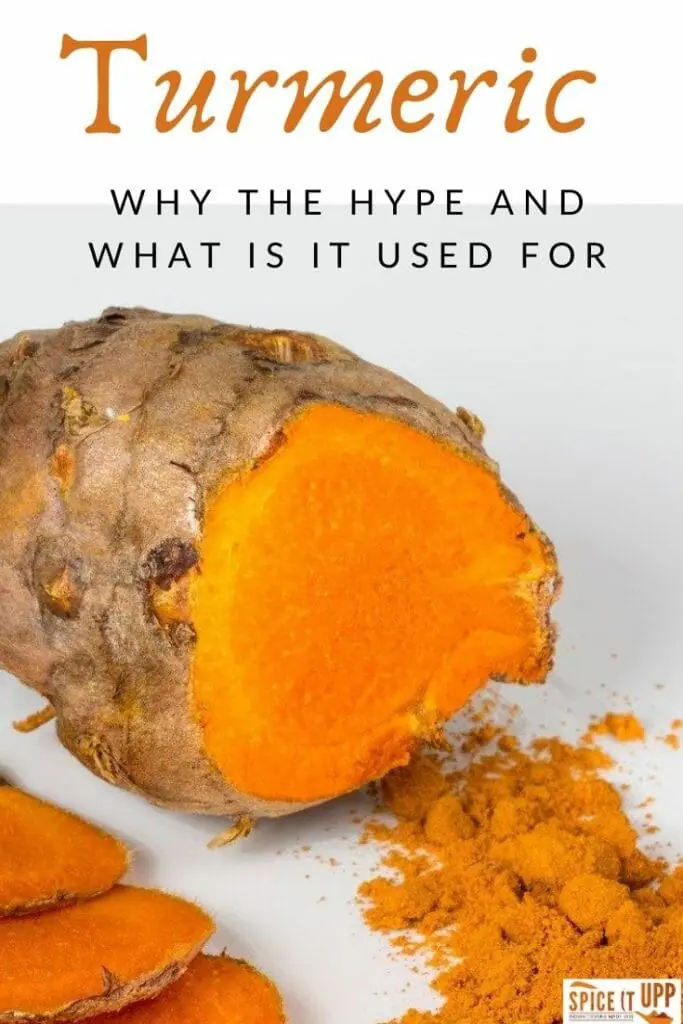
Thankful for every click to share:
Related Posts
There are those odd occasions where you may have misjudged the heat of chilli ...
Fenugreek leaves is a herb that may not be readily available everywhere. Here ...
Hot spice to add heat to dishes. Large amounts also imparts a subtle red colour...
To rate click on stars
Related Posts
There are those odd occasions where you may have misjudged the heat of chilli ...
Fenugreek leaves is a herb that may not be readily available everywhere. Here ...
Hot spice to add heat to dishes. Large amounts also imparts a subtle red colour...


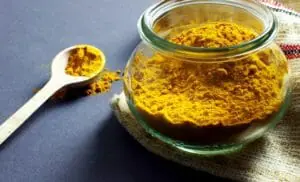
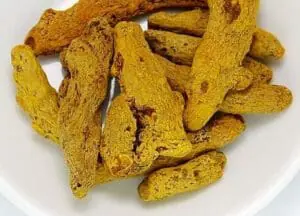
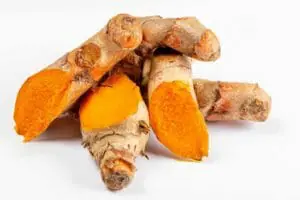
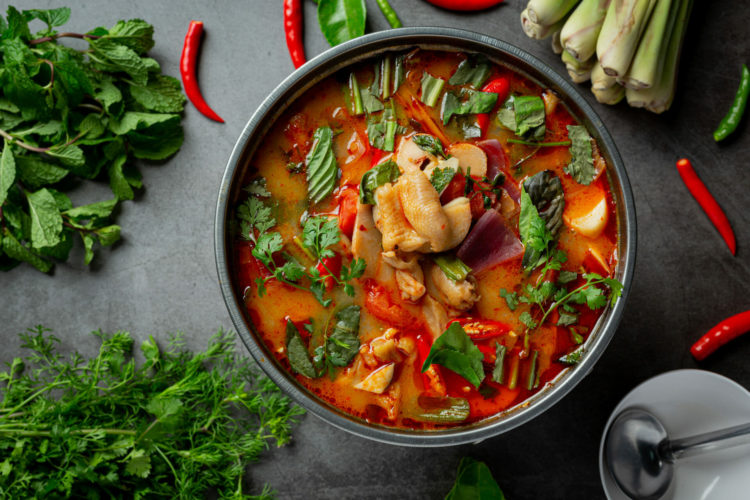
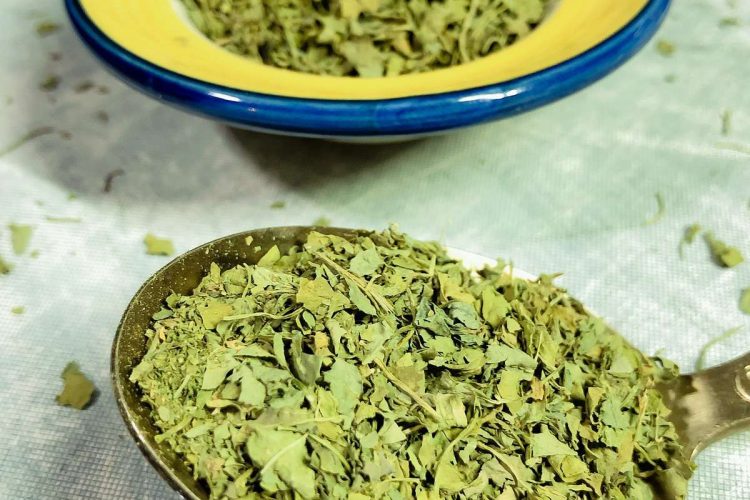

This post is filled with amazing information about spices and their uses. It’s a great resource for anyone looking to add more to their dishes. I really enjoyed reading it and learned new things. Thank you for sharing!
Thank you so much for your encouraging comments
bookmarked!!, I really like your web site!
Having read this I thought it was very informative. I appreciate you finding the time and energy to put this information together. I once again find myself personally spending a significant amount of time both reading and posting comments. But so what, it was still worth it!